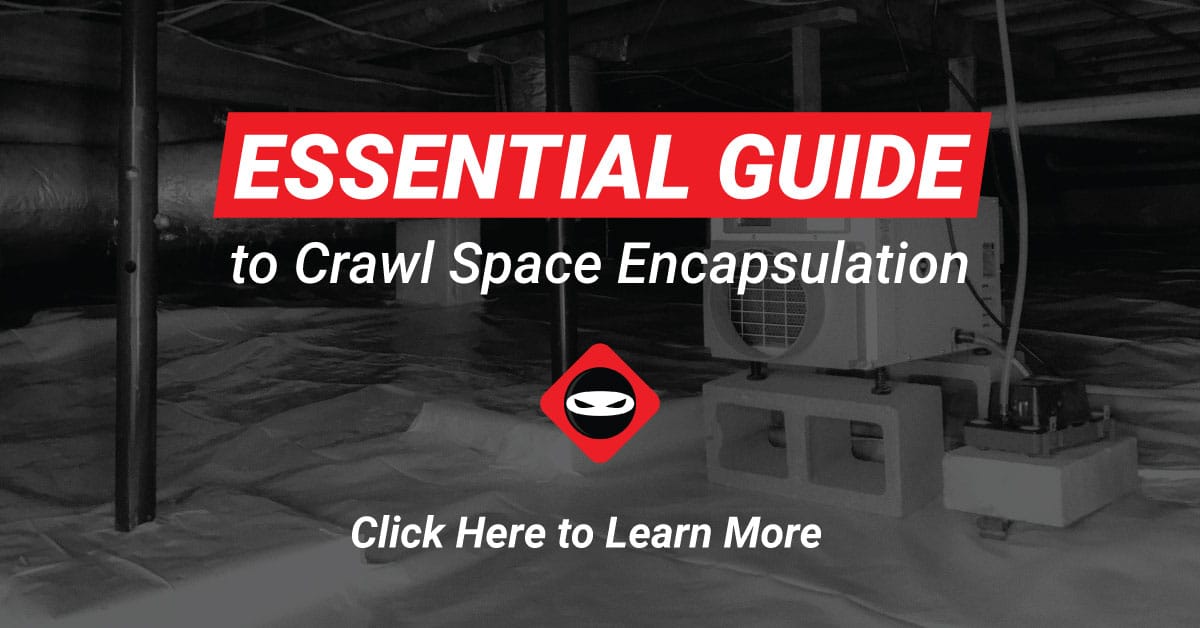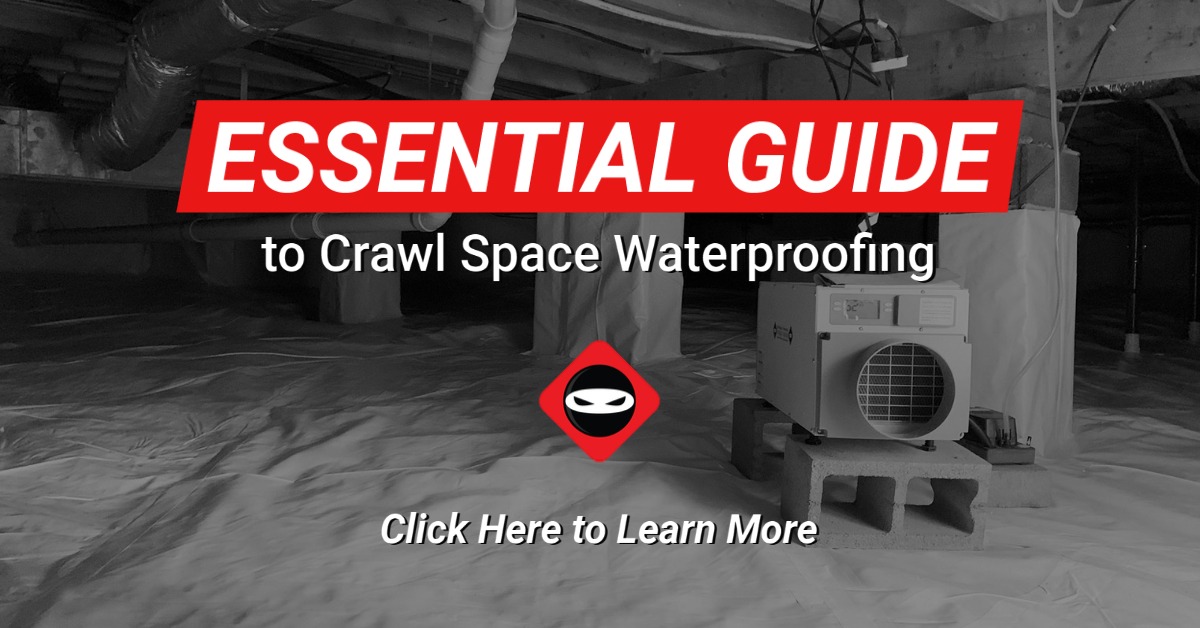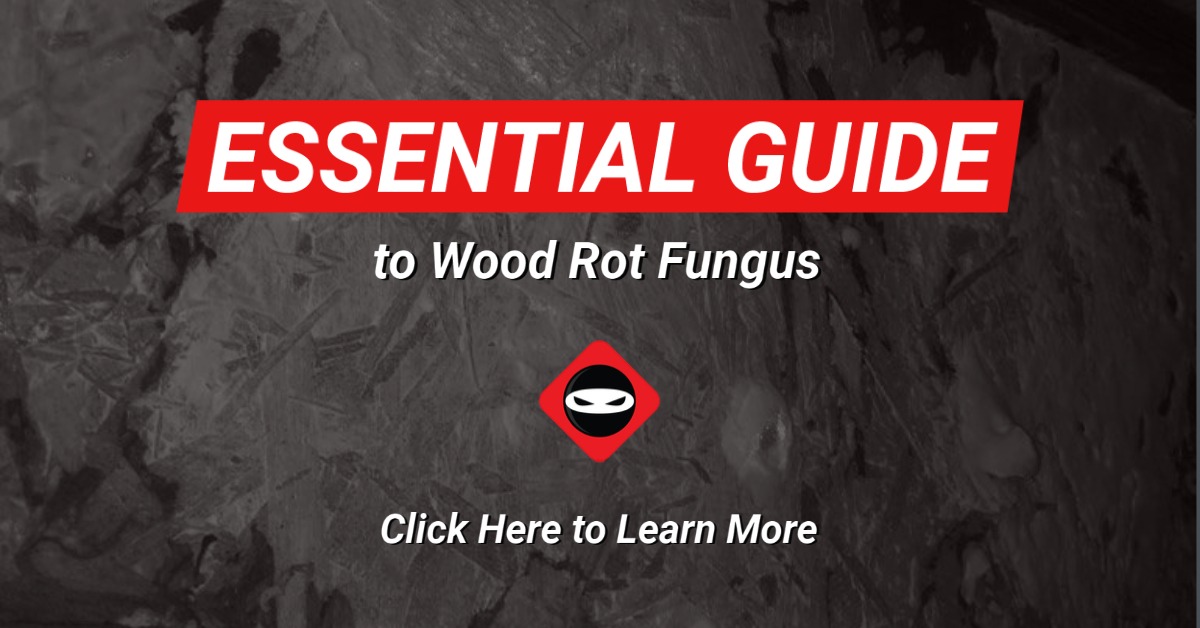There are many soil contaminants that can be in and around your home. Many soil contaminants can off gas toxins that can affect air quality. If your home was built over an old industrial area or landfill, it is more likely to be exposed to soil contamination. Homes built over certain farmlands may also be susceptible to unusual amounts of soil contaminants. Unfortunately all of these issues can be tracked into your home from outside or seep into your air via the crawl space.
What is a Soil Contaminant?
The best example of soil contamination is any substance that is in the soil that does not occur naturally in that area. It can also mean naturally occurring substances that are at elevated levels. For example, arsenic occurs naturally in soils but farmland may contain extra amounts of arsenic from pesticides. That would make the excess arsenic levels in that area a contaminant.
Most of us have seen the movie about the leather company contaminating soils and water supplies by dumping harmful chemicals illegally. As I am sure that still happens in some areas, a contaminant in the soil around your home may be less subtle but just as dangerous.
Pesticides Contaminate Soil
Many homes and farms have been using pesticides on crops, flowers and lawns for years. Although DDT is no longer available there are still some pretty toxic pesticides on the market. Many pesticides and herbicides are dual purpose. That means they are used to kill bugs but also could be used in that air freshener you spray after burning bacon. If your home was built over farmland there is a good chance pesticides could still be in the soil of the crawl space.
Petroleum Products
The dumping of petroleum products is more common than one may think. I had a neighbor that would kill yellow jackets with diesel fuel. Some shade tree mechanics may not be as careful with oil and other products that can contaminate the soil. We have many lawn mower repair businesses that operate from homes in our area too. Old industrial sites obviously didn’t have the same regulation as today for not dumping in soils.
Radon is a Soil Contaminant
We talk about radon a lot because it is so harmful to us. The #1 cause of lung cancer among non-smokers is often overlooked except when buying a home. The recommended frequency for radon testing is once every two years but how many of us do that? If you have not tested for radon lately please do so. Here are radon testing products for the DIYer.
Asbestos
Many of us don’t think of asbestos as a soil contaminant but are familiar with its potential health effects. In the Navy, we took precautions onboard ships to limit our exposure to asbestos. Old industrial buildings and homes can have asbestos and as they are torn down can contaminate the soil. Malignant mesothelioma is an aggressive type of cancer that can occur from asbestos exposure and as of today a cure has not been found.
Lead in Soil and Your Home
Violating the lead base paint EPA disposal guideline can cost a contractor tens of thousands of dollars or more. The lead base paint found in some homes built prior 1978 can be a major expense to get rid of by the EPA standards. Because of this some contractors may choose to risk not getting caught when it comes to remodeling them. I don’t think the EPA regulates a homeowner remodeling their home so lead exposure can occur then. Lead is also found in soils typically from dumping lead pint or lead based gasoline.
Chromated Copper Arsenic
Chromated Copper Arsenic is often used to protect wood from termites, fungi and other pests. According to Sciencedirect.com,
“Chromated copper arsenate (CCA) is a chemical preservative that protects wood from rotting due to insects and microbial agents. It has been used to pressure-treated lumber since the 1930s. Since the 1970s, the majority of the wood used in residential settings was CCA-treated wood.”
CCA is permitted to still be sold to this day. Arsenic has been shown to alter the immune system. It is also known as a human carcinogen including skin, bladder and lung tumors.
Creosote in the Soil
Creosote is also a wood preservative and is derived from the distillation of tar from wood and coal. I am most familiar with creosote being used on old railroad ties. Many years ago I had a puppy and we were walking on the railroad tracks near my home. I didn’t notice her rubbing the ties or licking them in anyway. But when we returned home her snout had swollen to twice its normal size. I cannot say for sure creosote was the cause of it but I didn’t take her walking on the railroad tracks anymore.
Ready to find out more?
Drop us a line today for a free quote!
What Can You Do About Soil Contaminants?
If your home is exposed to the soil contaminants mentioned, there may not be a lot you can do short of replacing the soil. I had a friend that worked for a company that would address tanker spills. Their solution was to remove bad soil and replace with good soil. I wrote this article to make you aware of some of the dangers that can be located around your homes foundation. I believe this gives even more evidence as to why proper ventilation with crawl space encapsulation is needed. Controlling water and humidity but allowing toxic fumes to infiltrate our home, does not seem like a good compromise.
Fore more information please check out: https://www.soils.org/about-soils/contaminants/
What Next?
Do you need help with mold removal, crawl space encapsulation, crawl space insulation, vapor barrier, waterproofing, or controlling humidity in your crawl space and you live in Georgia, Delaware, North Carolina, South Carolina, Tennessee, Ohio, or Kentucky? If so, please contact us to schedule your assessment. Also, let us know in the comments below if you have an idea for a new blog topic.
Perhaps you’d like to tackle your own crawl space repair. Visit our DIY Store.
Contact us if you need help fixing your crawl space or yard drainage by clicking here.
Learn about Crawl Space Ninja Franchise opportunities.




